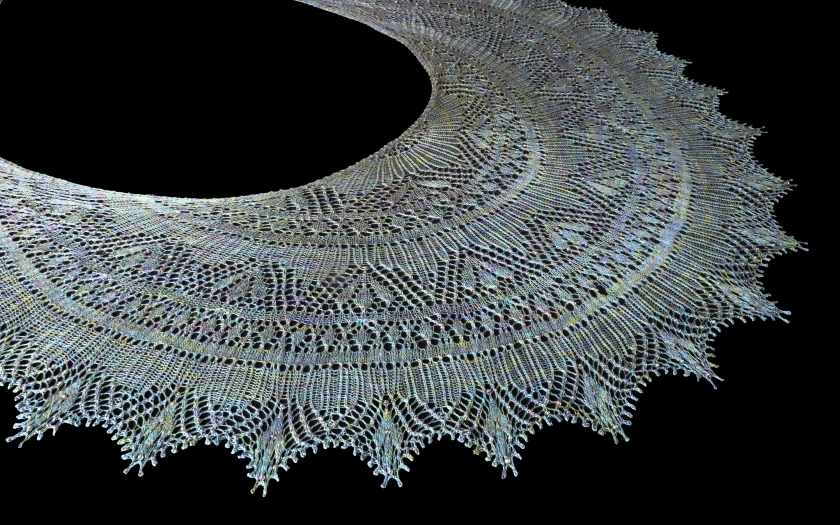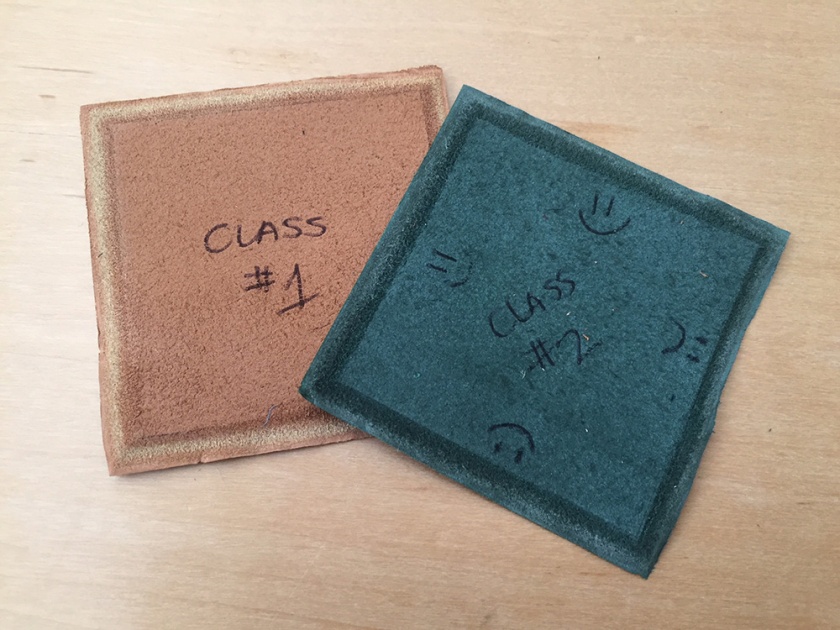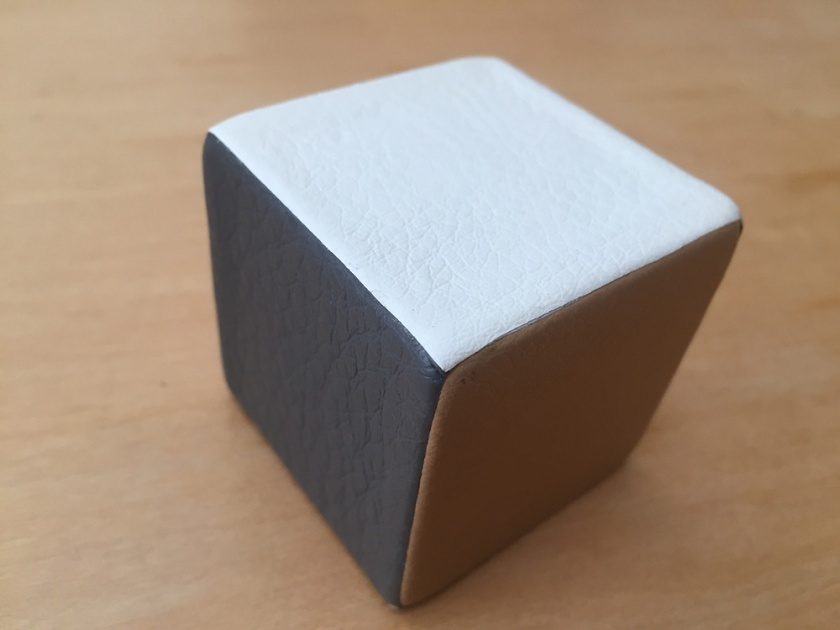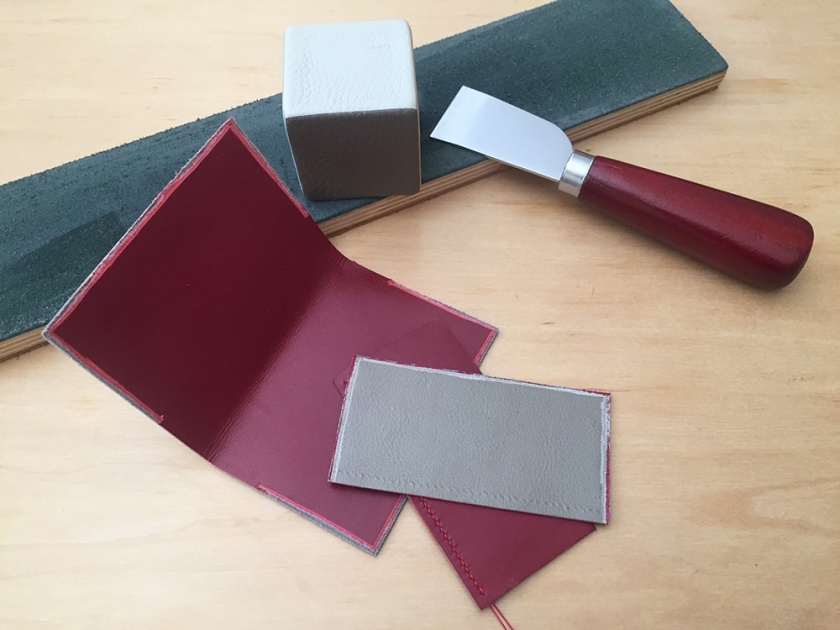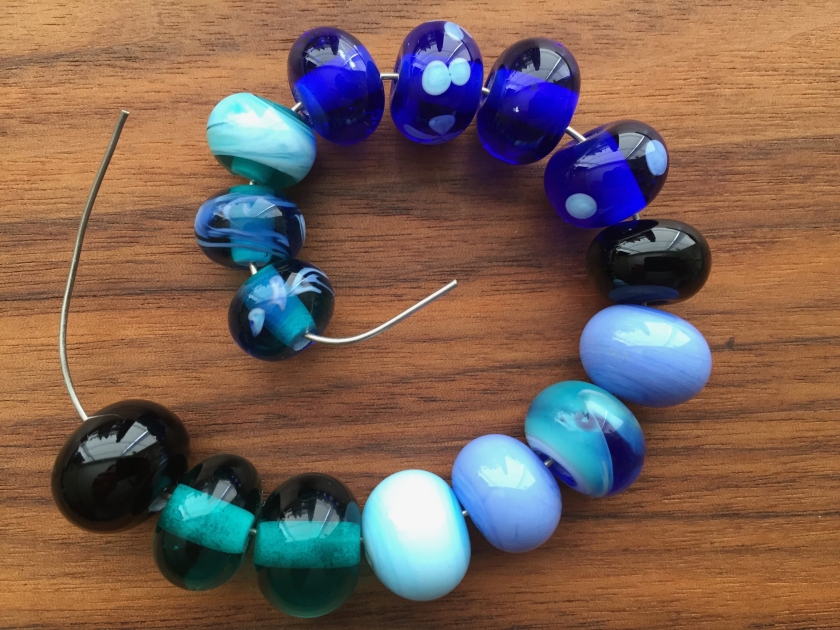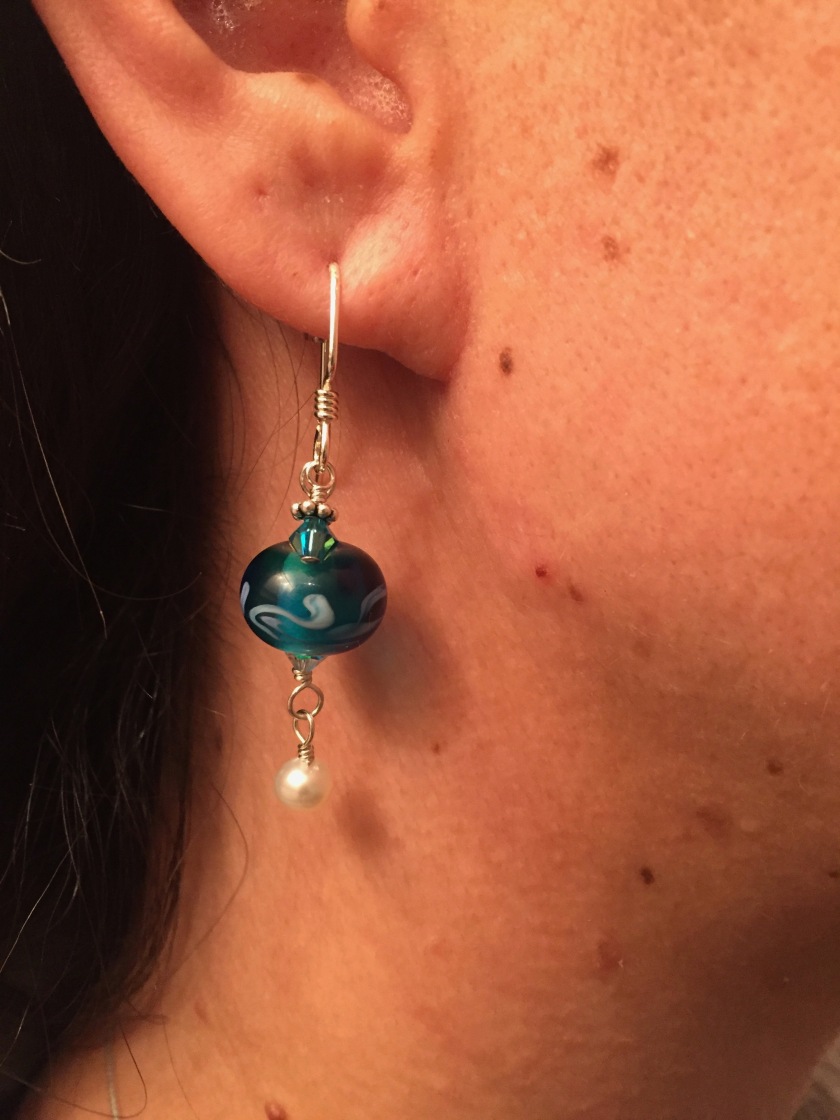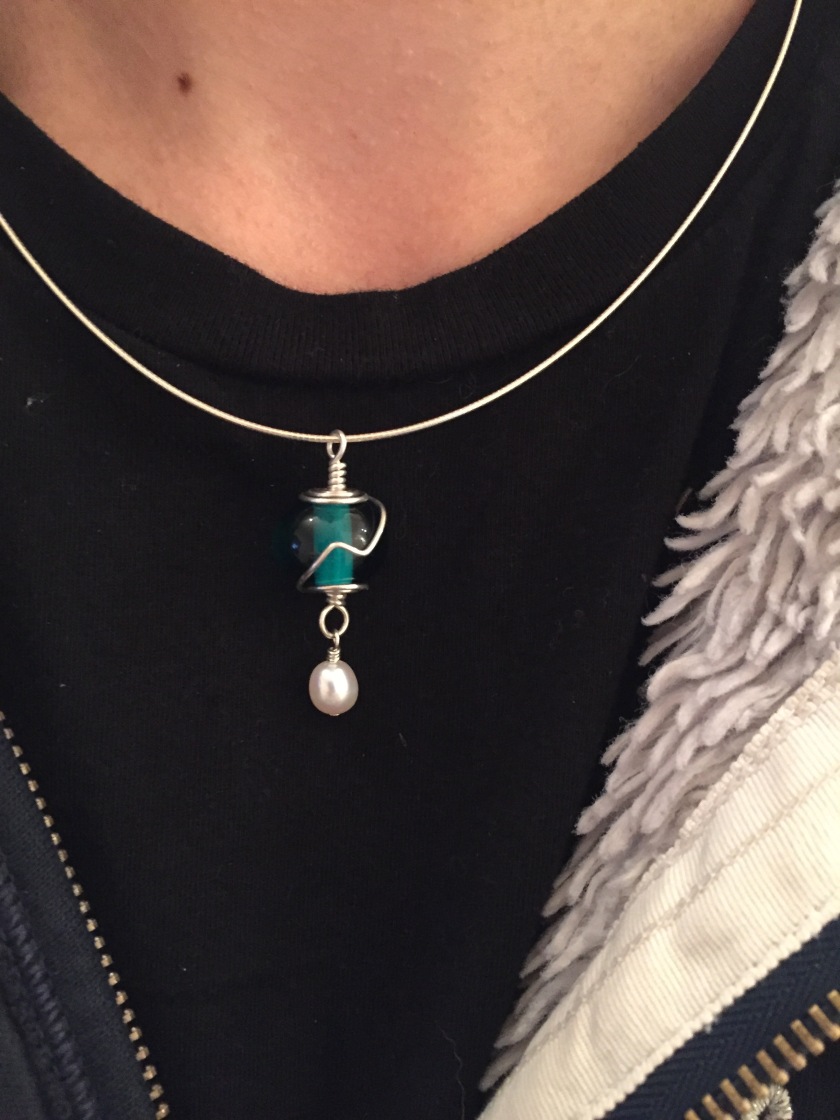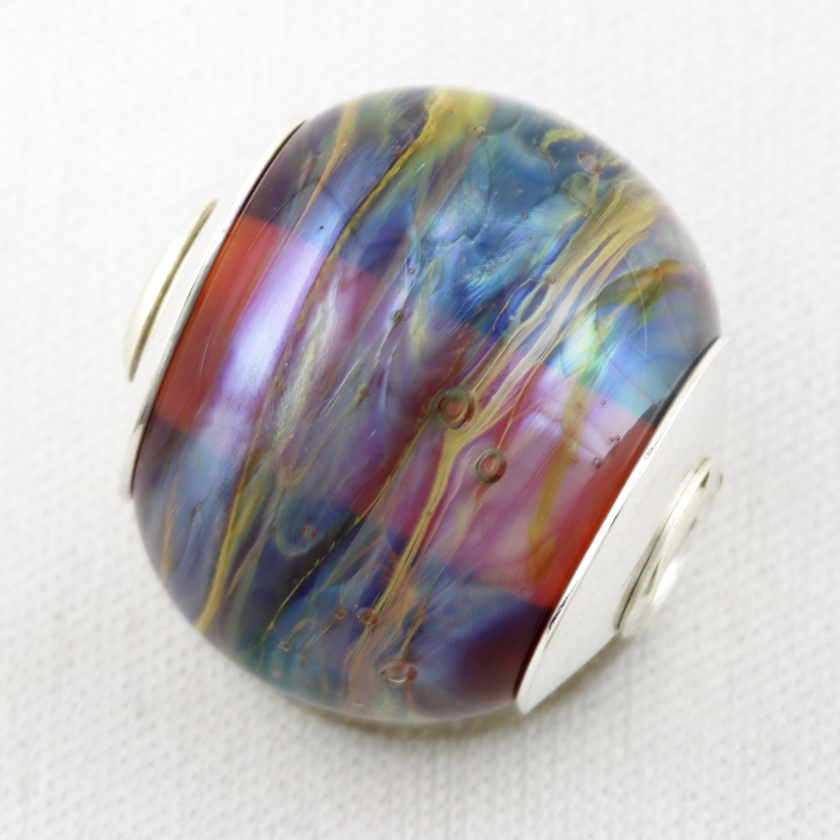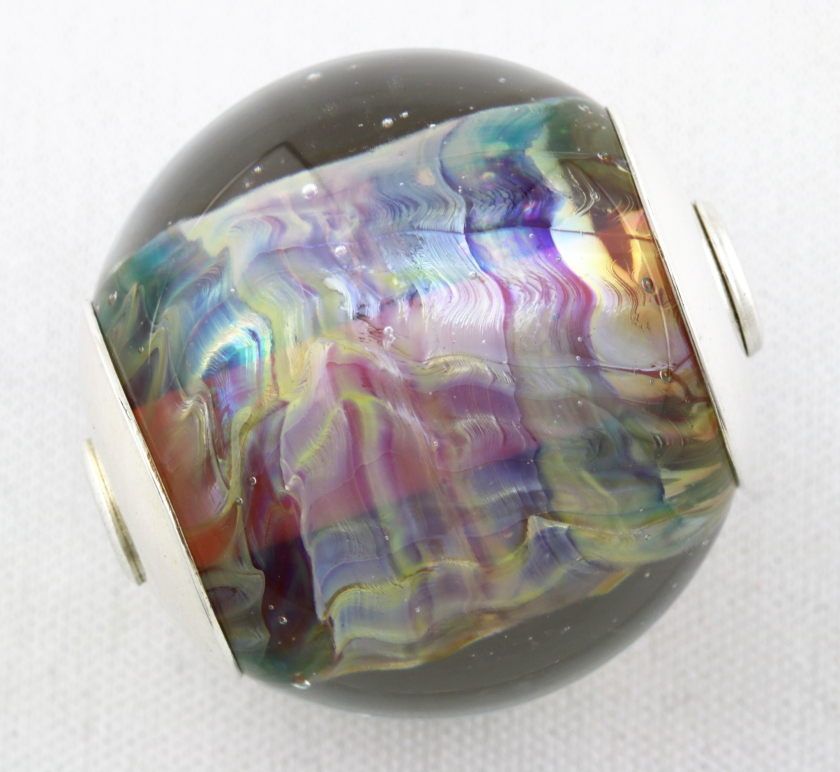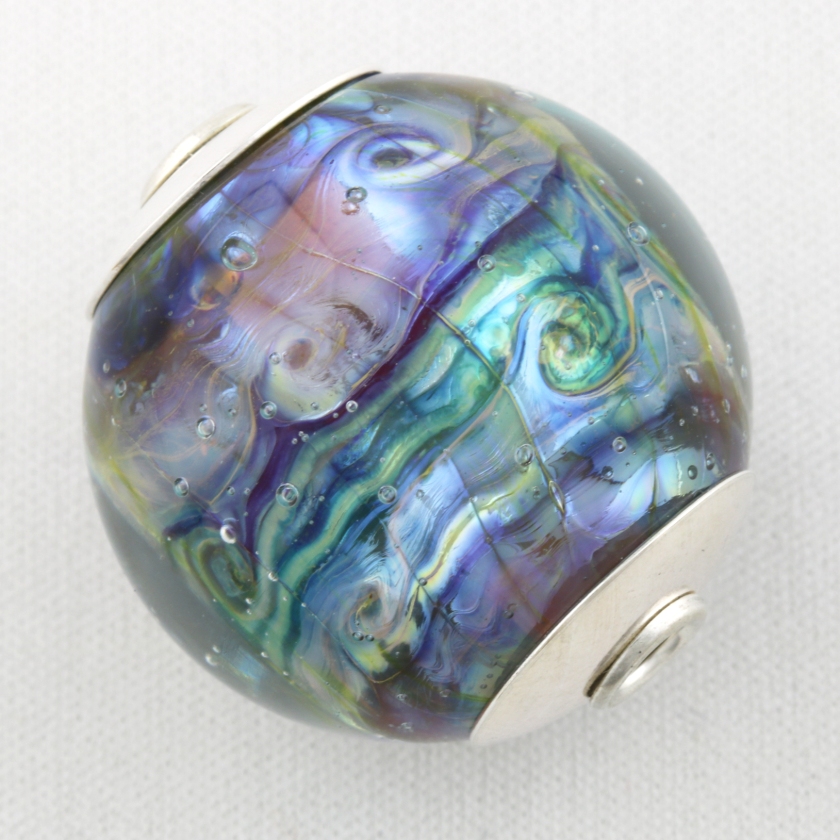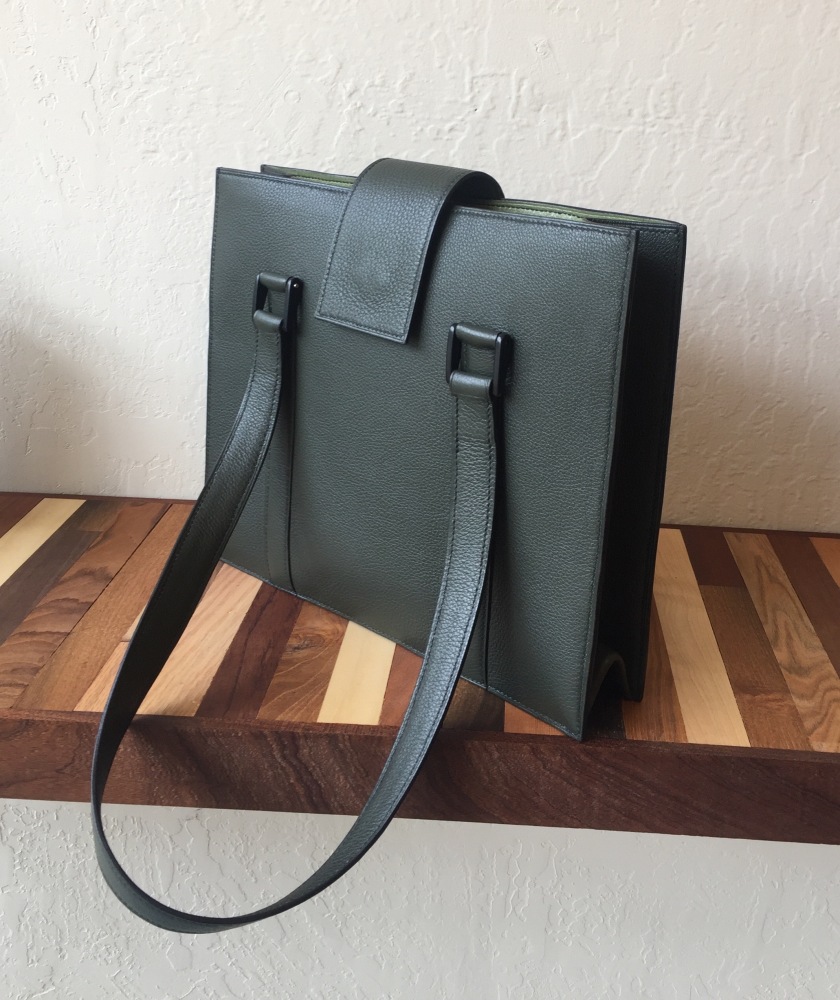I have never had a prix fixe Japanese fine-dining experience so for my birthday, my sister took me to WAKO, a quaint Japanese restaurant in the Outer Richmond district of San Francisco.
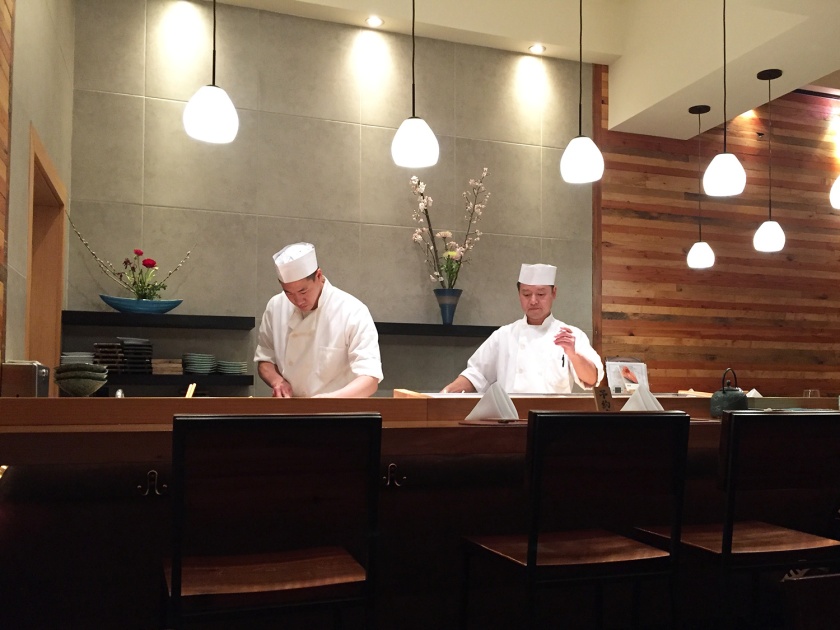
The evening started with an “amuse-bouche” of miso tofu and uni (sea urchin). A perfect start for uni is my favorite!
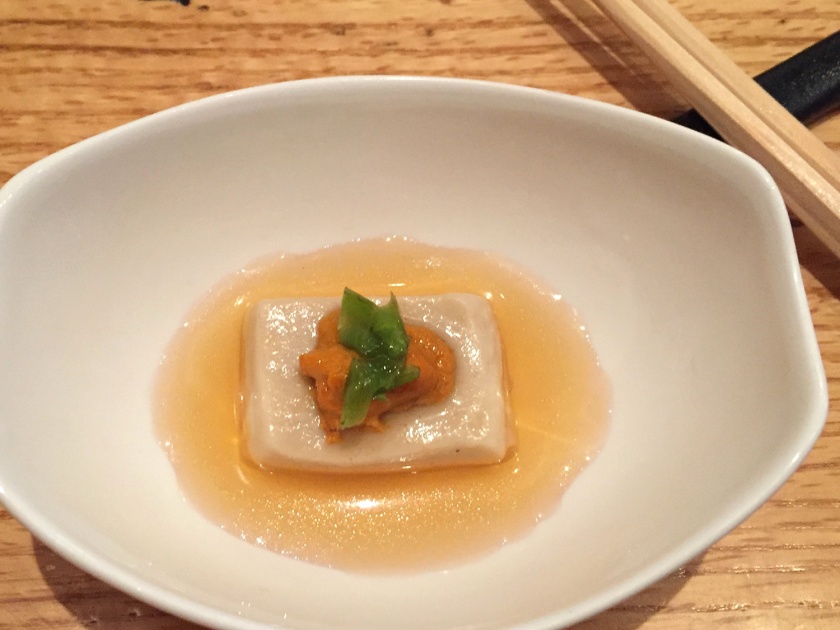
It’s followed by a platter of appetizers: clockwise from top, tako (octopus) and cucumber, roes, miso cream cheese, unagi (eel) and egg, snapper, squid and sea weed, ad waguy beef ball. Everything was tasty but nothing knocked our socks off…
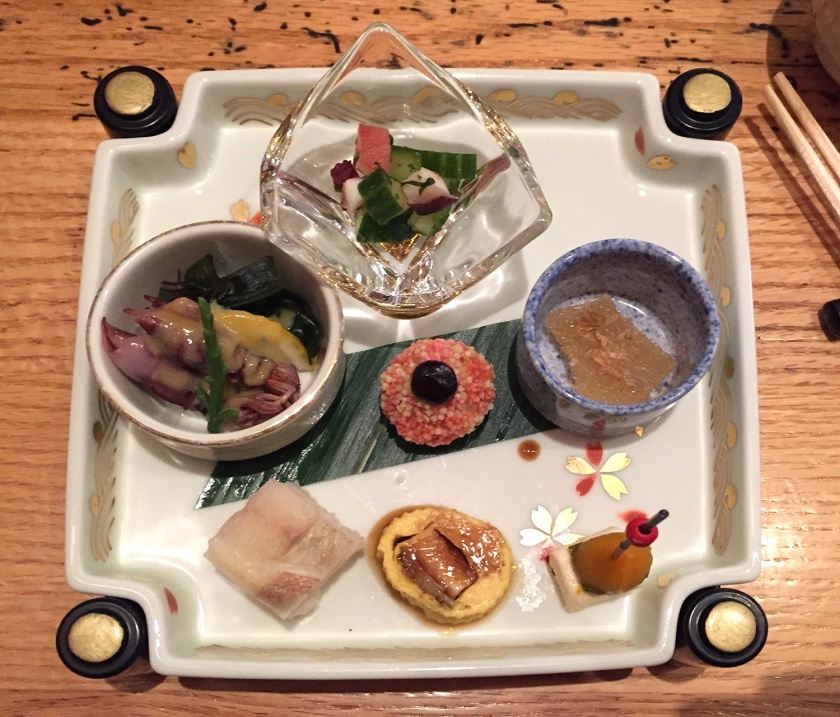
Then the nigiri sushi starts…all from left to right
Kelp-Sandwiched Halibut and Wild Red Snapper
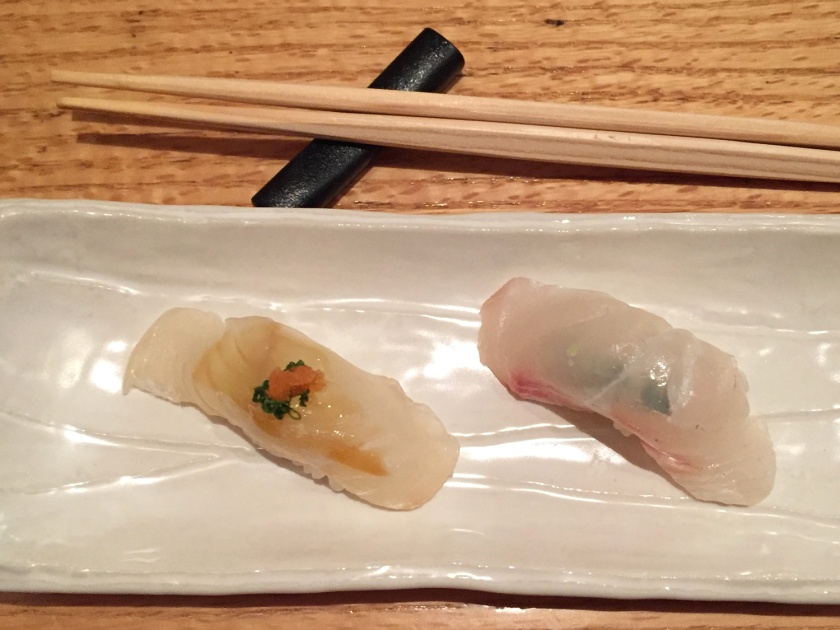
Bonito, Striped Jack, Ink Squid with Sea Urchin

A small plate of Cherry Blossom Rice Cake with Organic Chicken and Bamboo Shoot in Bonito Broth – quite yummy!
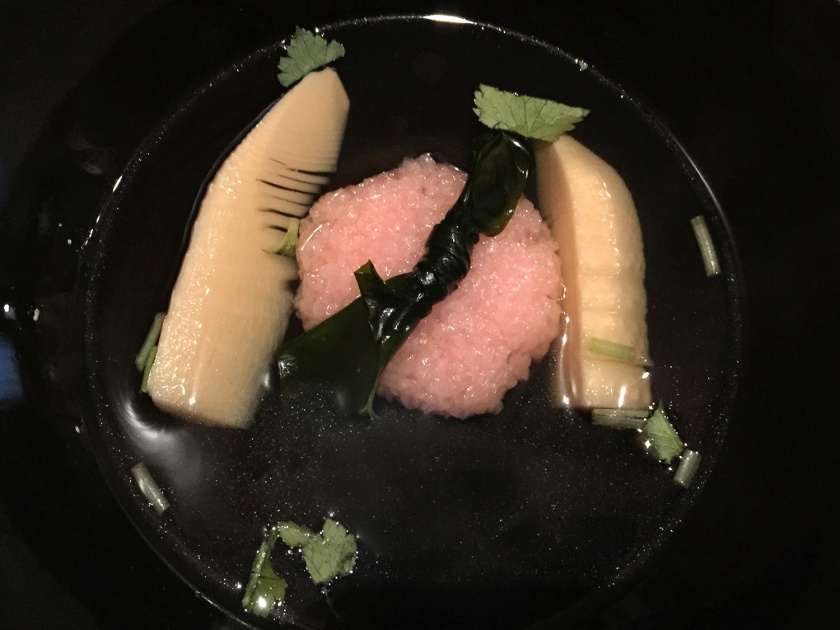
More nigiri sushi …
Barracuda and Red Nose Amberjack
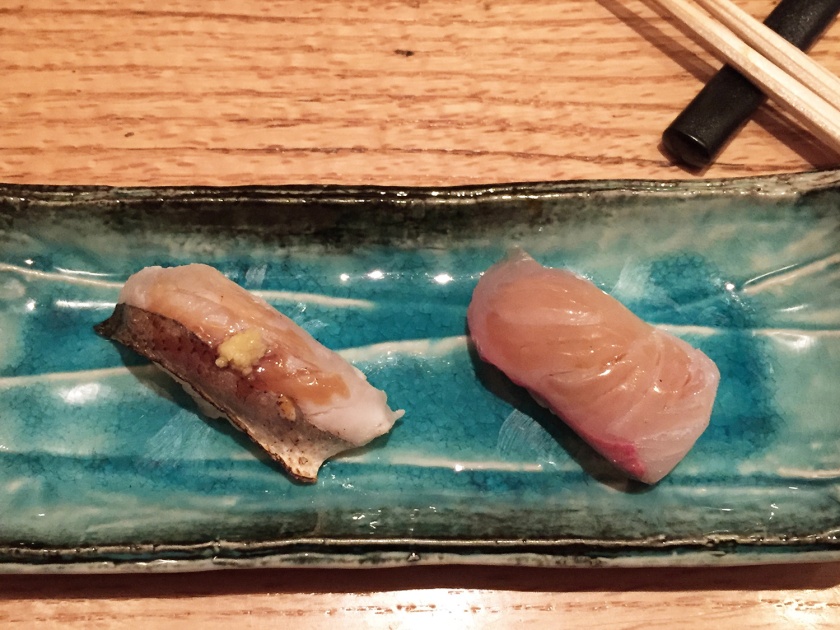
Jalapeno Soy Marinated Blue Fin Tuna, Cold Smoked Cherry Salmon and Mackerel (forgot to take a picture but you get the idea! ;-))
Another small plate, Mackerel with Vegetables
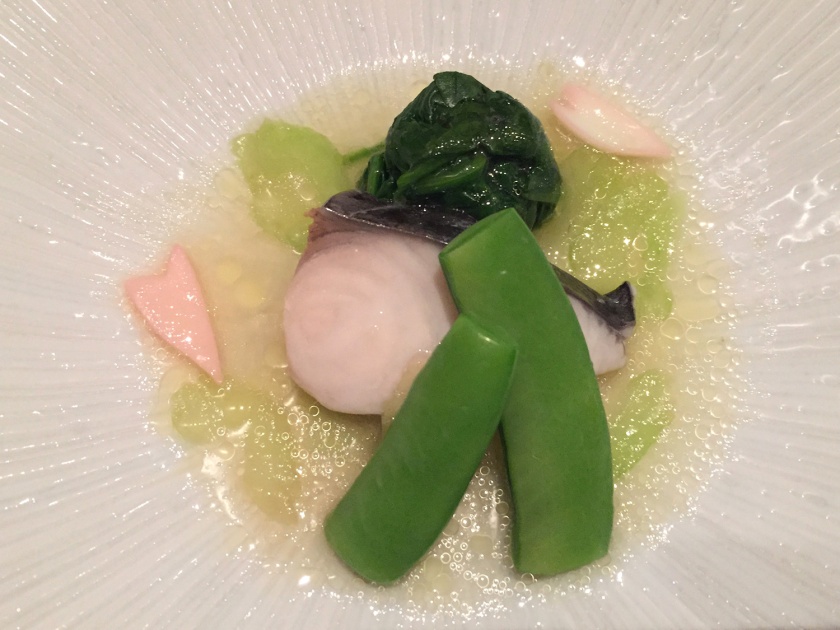
Horse Hair Crab with Crab Miso

Sea Urchin (again! YUMMMM!)

Blue Fin Tuna with Caviar (and a gold leaf!) – this is absolutely delicious
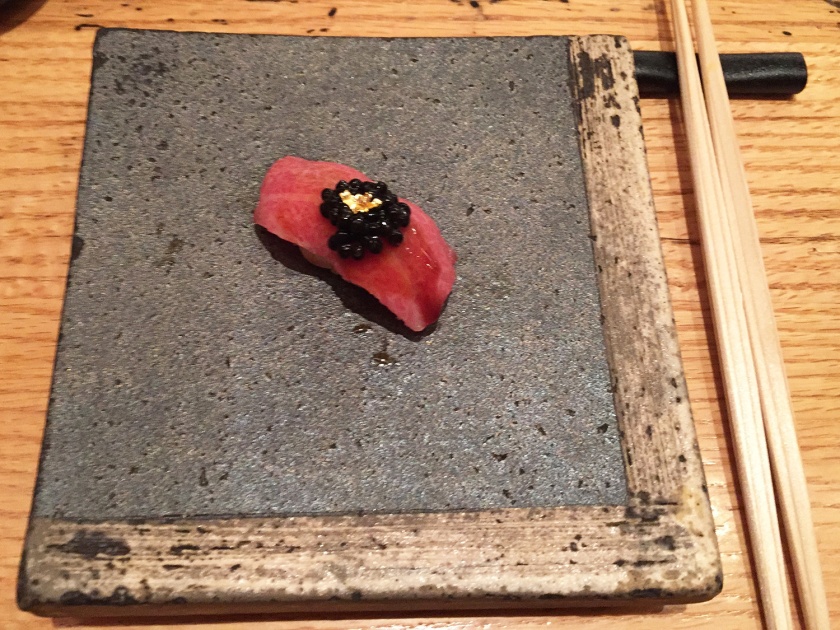
Sea Eel
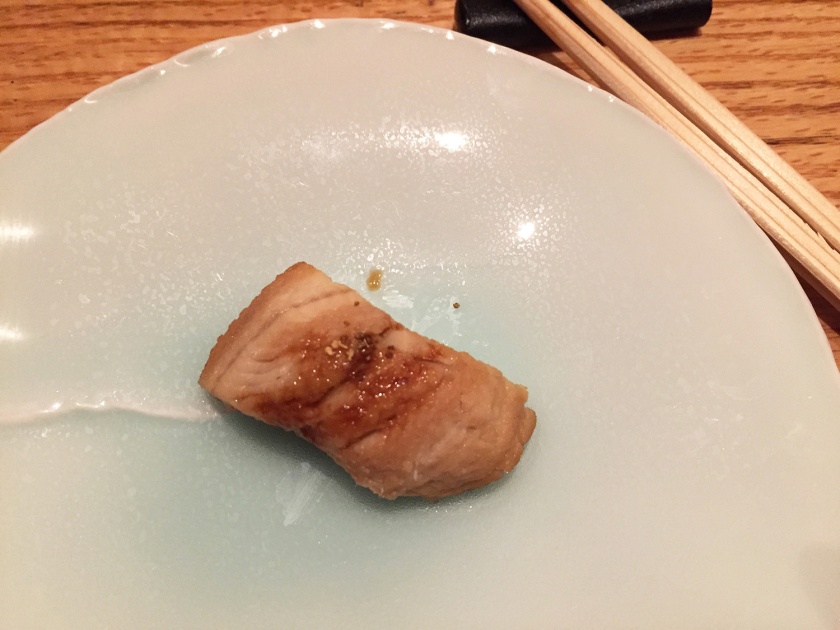
Wagyu Beef – after a Wagyu dinner at Alexander Steakhouse (not recommended!), I am not a big fan of Japanese Wagyu beef (way too fatty, like eating a stick of butter). But in this tiny nigiri sushi amount, it’s actually very good!

Red and White Miso Soup
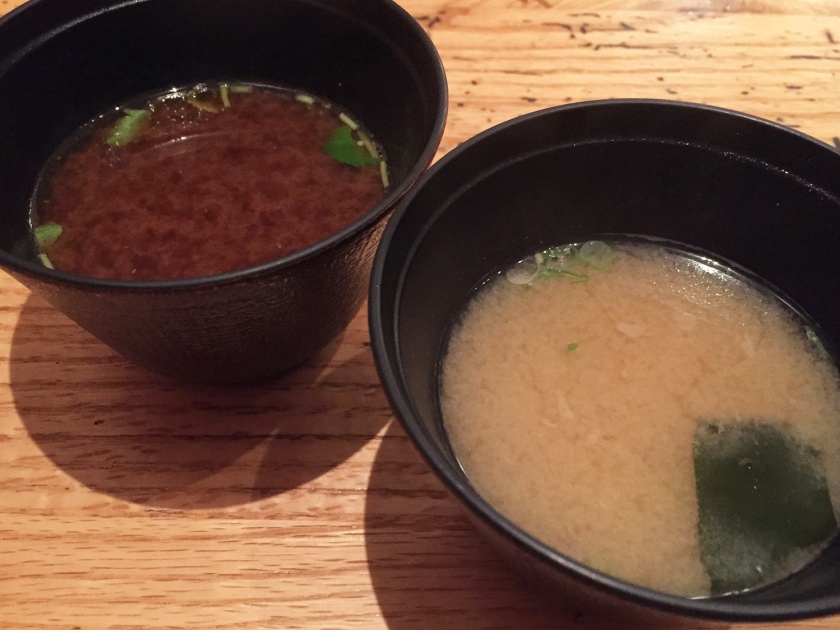
Last small plate: Seafood Egg Pancake
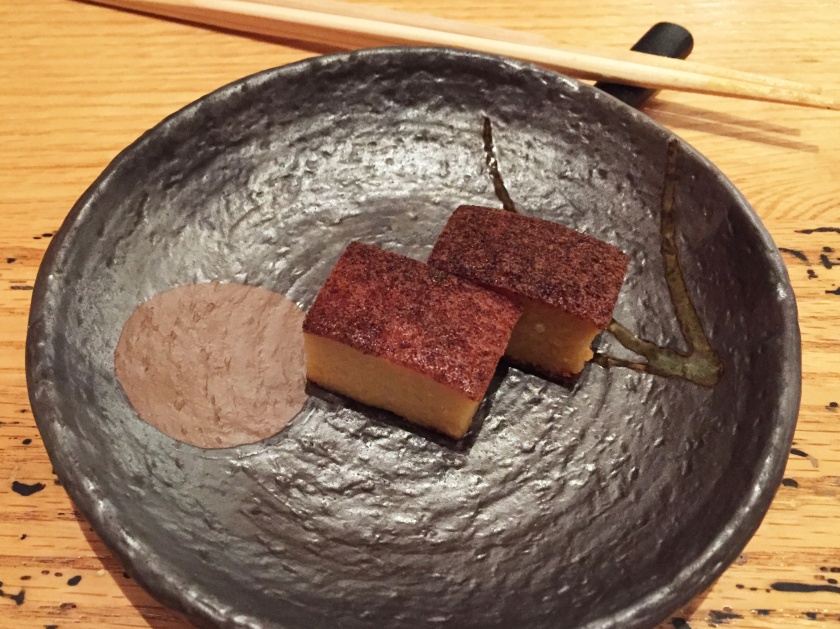
And two delicious desserts: Panna Cotta with Strawberry Sauce

And finished with Red Bean Jelly with Green Tea Sauce
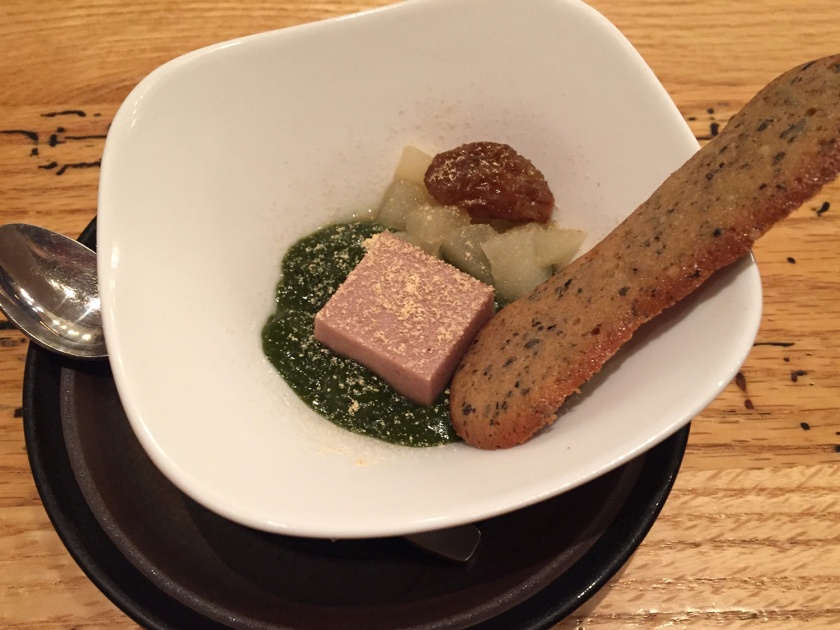
With everything being bite size, it didn’t seem like a lot of food – and we could order extra from its Nigiri and Sashimi Selections (there were 6-7 that weren’t in our dinner) – but we both were fairly full.
All in all, it was a nice experience. Each piece/serving was already seasoned so there was no soy sauce/wasabi as with regular Japanese sushi dining. But raw fish/seafood is essentially raw fish/seafood and the seasoning/sauce already prepared with the delicate fish is pretty mild (as not to power the fish itself). I’d just be as happy going to our neighborhood sushi restaurant for a fraction of the cost and dip my nigiri in soy sauce and wasabi! 😉

